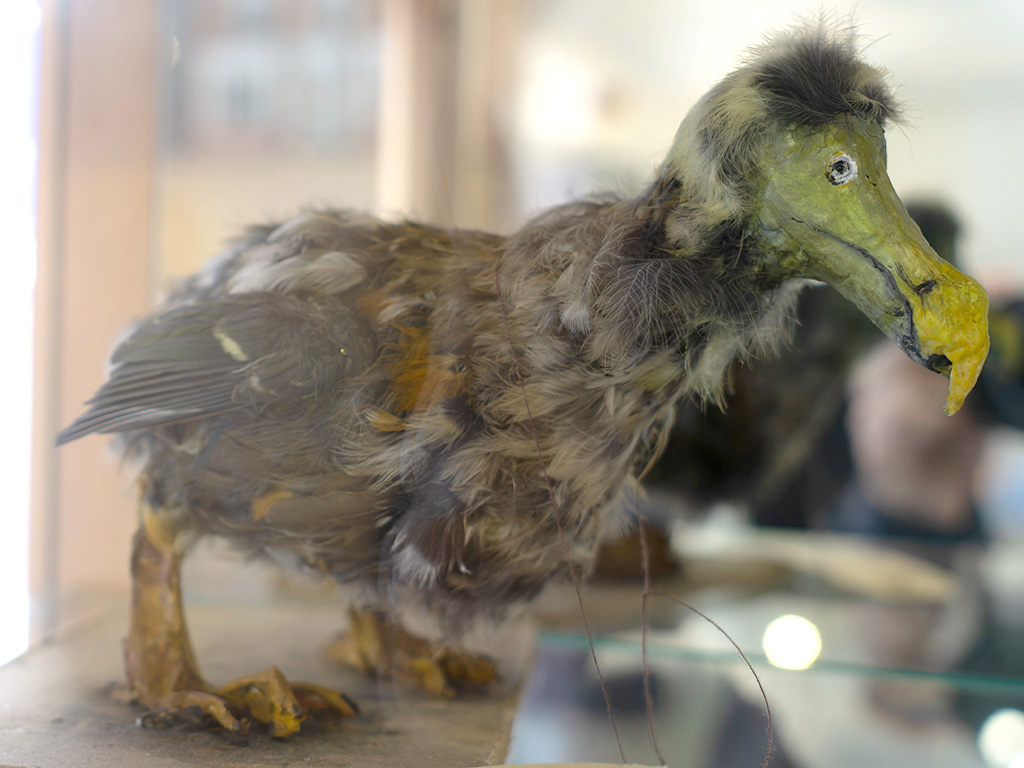
by Ray Duffill
Seeing is believing!
By the time you have journeyed halfway around the upstairs exhibition room at Hedon Museum, you will be convinced that the Dodo, first encountered by Europeans in the late 16th century on the island of Mauritius in the Indian Ocean, also lived and nested in a breeding colony at Sunk Island.
The bones of the flightless bird are on display. Its feathers have been recreated. And remarkably a taxidermy mount bears witness to the existence in Holderness of this most peculiar and famous extinct bird.
The work of Sunk Island-based ornithologist Samuel James Johnson (1831-1879) is on display at the museum. His photographic slides, samples of bones and drawings are credited with offering crucial testimony to the existence of the Sunk Island Dodo.
Notes at the exhibition describe how a transport of birds from Mauritius arrived at Sunk Island in 1698, then an actual island separated from the mainland. They describe how a breeding colony was established, possibly to farm the birds for food. The colony did not survive, but the evidence of it is on display.
But look a bit more closely at the exhibition and dig a little deeper into the evidence. When you do so, then you will discover that this is perhaps the most unusual exhibition ever staged by Hedon Museum. Artist Maria Donnai encourages you to look twice and think again.
This really is a must-see spectacle and represents a fantastic job by Maria, who provides in her Sunk Island Dodo and Other Lost Birds exhibition, the best local mystery and resolution of the year.
The exhibition is on every Saturday and Wednesday at Hedon Museum from 10am to 4pm. Admission is free. When in Hedon on an open day, look for the signs that direct you to the Museum entrance via Watmough’s Arcade.




